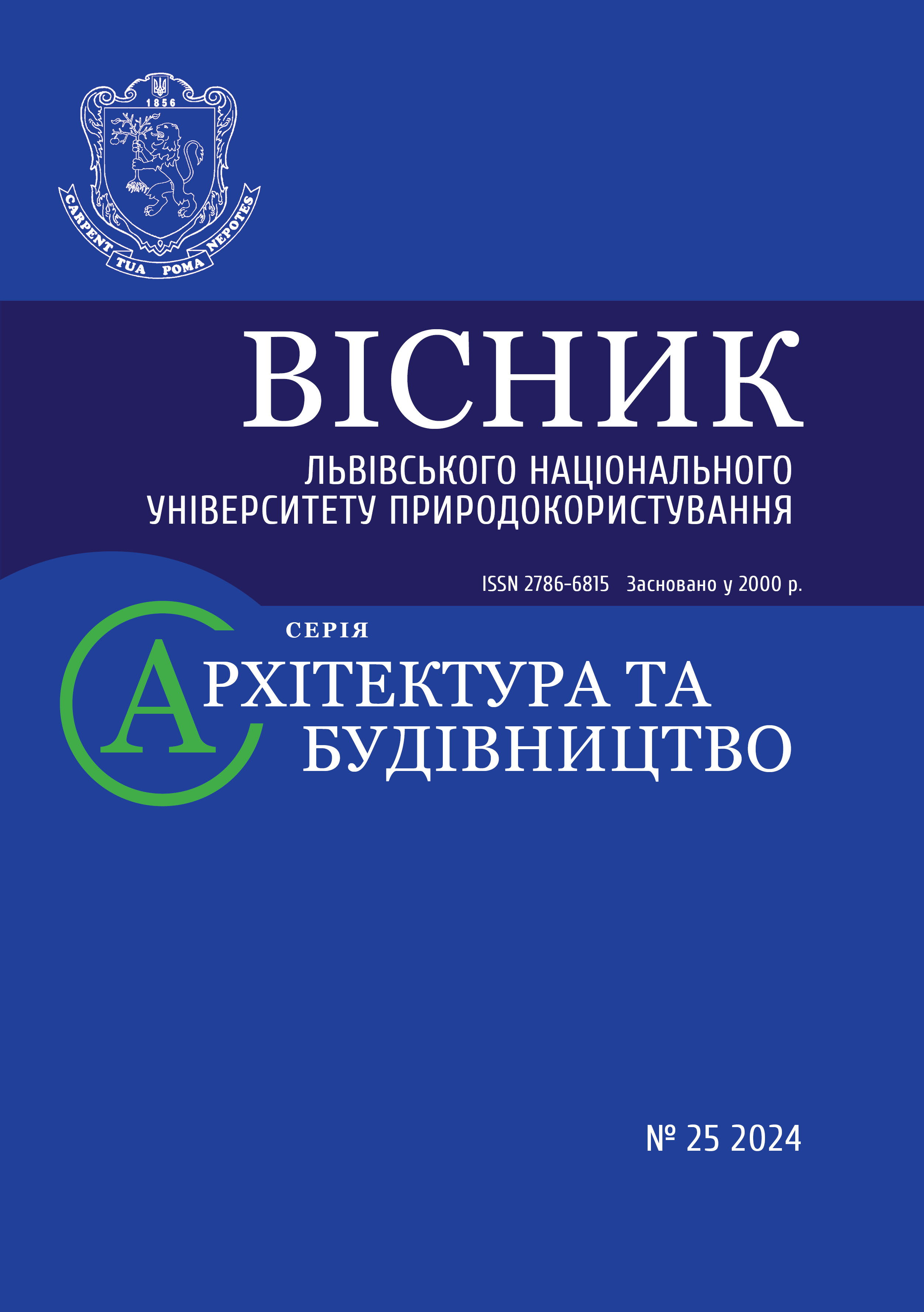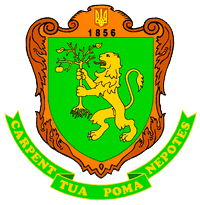APPLYING RADAR DATA TO IDENTIFY WAR ZONES ON AGRICULTURAL LAND
DOI:
https://doi.org/10.31734/architecture2024.25.156Keywords:
radar data, agricultural lands, remote sensing of lands, Sentinel-1Abstract
The methods used for remote sensing of land involve capturing and interpreting reflected solar radiation from various surfaces, such as soil, vegetation, and water. This approach enables the monitoring of agricultural lands even in areas affected by active military operations. The goal is to utilize Earth remote sensing data to identify regions impacted by military activities. To demonstrate this, a model plot of land was selected in the village of Yahidne, part of the Bakhmut Territorial Community in Donetsk Region. Images from the Sentinel-1 mission were obtained through the Sentinel Hub EO Browser. The preprocessed images, taken on August 4, 2021, and July 4, 2024, show calibrated backscatter intensity (Sigma0) in VV polarization, and are geocoded and projected onto the WGS84 coordinate system. These images were combined into a time-lapse stack, and the SNAP change detection tool was employed to highlight areas of significant change, clearly indicating regions of agricultural damage due to warfare. This study demonstrates that utilizing radar data to assess military operation zones on agricultural lands enhances risk management and provides crucial information for informed decision-making. The images offer high accuracy and detail, regardless of weather conditions or time of day, allowing for the detection of changes in field structure, damage to infrastructure, and other consequences of military actions. As a result, radar data can effectively evaluate the extent of damage to agricultural land, track reductions in crop yields, and help determine necessary measures for restoring agriculture.
References
Babiichuk S., Tomchenko O., Pikul S. Radar studies in the ERS. Application of Sentinel-1 radar data and for determining zones of destruction of urban landscapes by the method of detecting changes in different time images. URL: https://doi.org/10.5281/zenodo.11552321.
Chetverikov B. V., Kalynуch I. V. The method of using remote sensing of the Earth data in the assessment of the consequences of emergency situations. Lviv, 2022. 120 p.
Dankevych V. Ye., Dankevych Ye. M. Monitoring of agricultural lands using remote land sensing systems. Economy of agro-industrial complex. 2019. No 8. P. 27–36.
Hlotov V., Biala Ya. Monitoring of spatial-temporal geodynamic changes in the composition of land categories based on remote sensing data, such as the Stebnyk town area. Geodynamics. 2022. No 1 (32). P. 5–15. URL: https://doi.org/10.23939/jgd2022.02.005.
Kocherhin L., Kimeichuk I. Geoinformational monitoring of changes in forest areas covered with forest vegetation in Cherkasy region using radar data. Bulletin of Malinsky Vocational College. 2023. No 2. URL: https://visnyk.mltk.co.ua/article/view/294355/287129 (Accessed July 26, 2024).
Sentinel Hub EO Browser. URL: https://apps.sentinel-hub.com/eo-browser/ (Accessed July 26, 2024).
Stupen R. M., Ryzhok Z. R., Bermes M. S. Application of GIS technologies when planning the development of united territorial communities. Current aspects of the development of science and education: abstracts of reports of the 1st International Scientific and Practical Conference of SPS and Young Scientists (Odesa, April 13–14, 2021). Odesa, 2021. P. 243–244.


